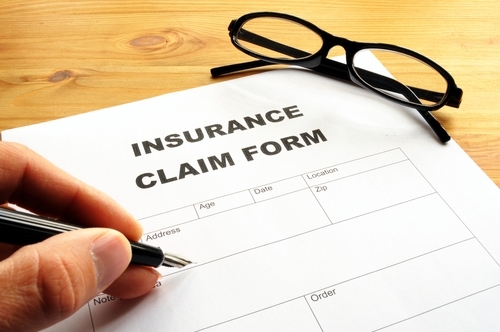
The first step toward protecting your small business is to seek a business insurance quote and invest in the best coverage possible. While there are many different types of plans that can be bundled together for an optimal policy, owners should understand the process of filing a claim should their company sustain damage or otherwise be involved in an accident or incident.
Contact your insurance provider – Depending on the severity of the incident, you may need to contact the police before reporting to your commercial insurance provider. This is true if you have been a victim of theft or other crime, while emergency services may also be required if an employee of a client has been hurt on the scene. If police arrive, be sure to get copies of any paperwork as it will be needed when filing a claim. The next step is to contact your insurance provider. If it is outside of business hours, you will likely need to lookup the 24-hour claims service, which is frequently a hotline that is answered by a representative who may not be your agent. Regardless, filing a claim immediately is crucial, as waiting too long afterwards could result in coverage being denied.
Know your policy – While you should contact your insurance provider as soon as possible, it is also important to understand the terms and conditions outlined in your individual policy. You could be wasting time if the damages done to your business fall outside the realms of the coverage purchased. Additionally, it will benefit you as a business owner to know your responsibilities when filing a claim.
Document damage – When filing a small business insurance claim, be sure to document any and all damage done to your business or property. This can be done via pictures or video, but be sure to include equipment that has been broken as well as structural damage and make an inventory of anything you plan to include on the claim. The more evidence the better, in this case, and avoid moving items around too much as your insurance provider will likely send out a professional to estimate the damages.
Make temporary repairs if needed – The only time this is appropriate is if further, more severe damage will occur without an immediate fix. When removing debris or damaged products or structure, be sure to save them should the adjuster need to examine them.
Get statements from potential witnesses – Depending on your reason for filing a claim, obtaining written statements from anyone present during the time of the incident can work in your favor. This is because witness accounts will confirm that the event actually happened and that the damages being claimed occurred because of that event.
Check your inventory – Business owners are urged to keep an inventory of all items in the office that would be included in a claim. After speaking with your agent or a claims representative, it is important to make a list of your loses and have a copy of your original inventory when possible. This may include money spent from a work day as well as employee time off due to necessary repairs to the building or any other disabling reason.
Keep record of aftermath – Be sure to keep track of additional expenses the business accrues after a claim is filed. This can include having to work out of a different office, such as a temporary space, while other interruptions may also be covered depending on the details of your individual plan.